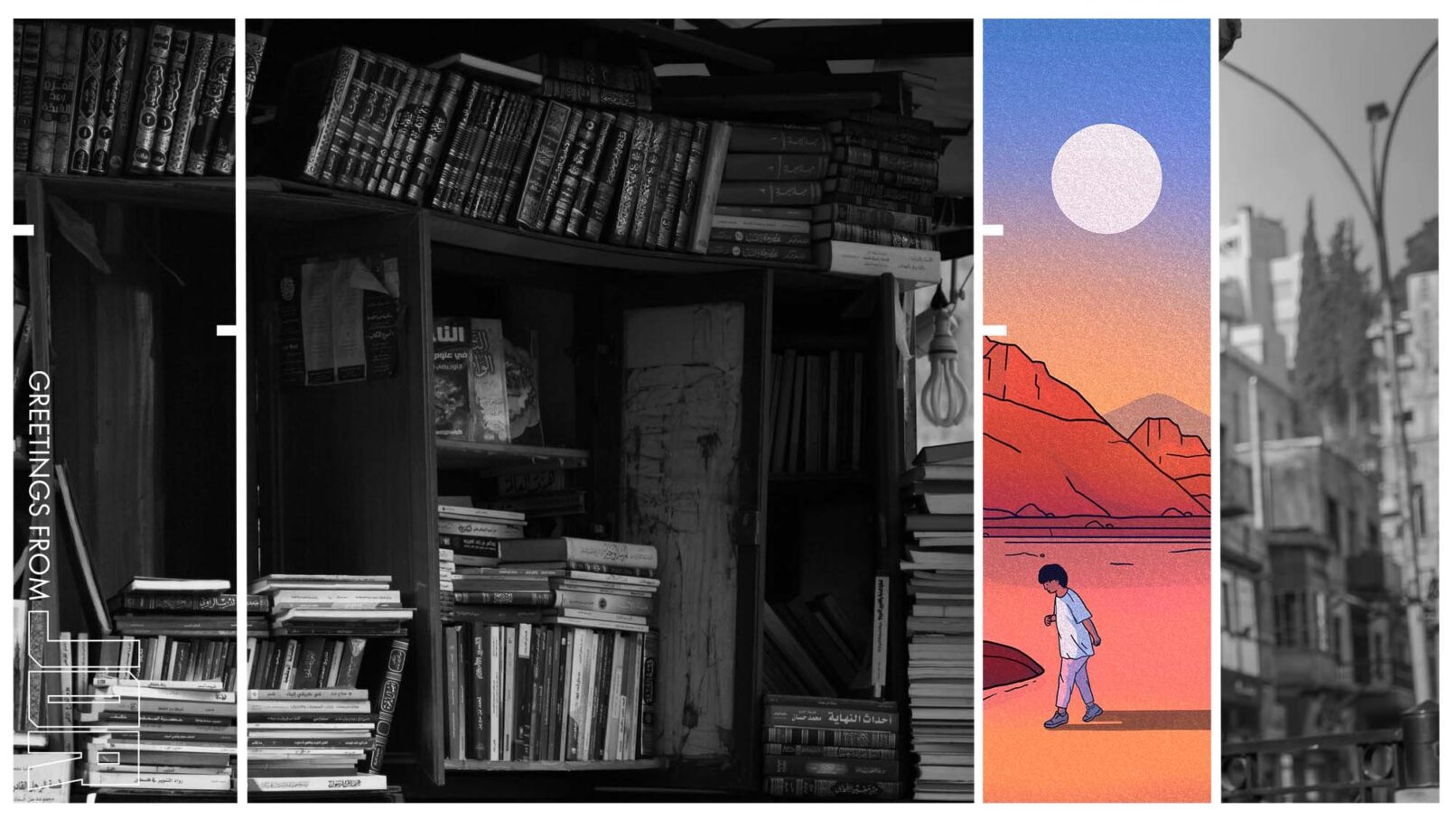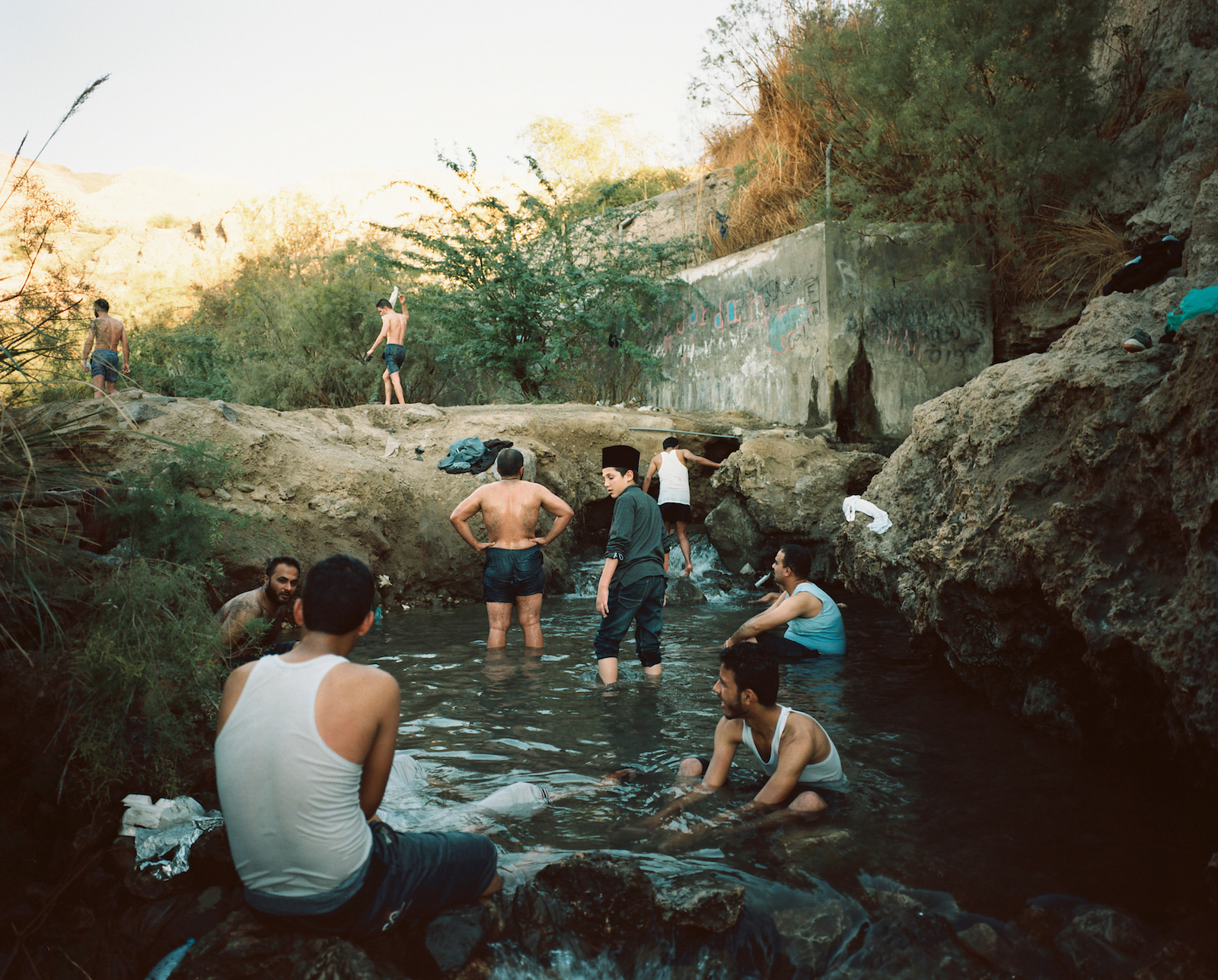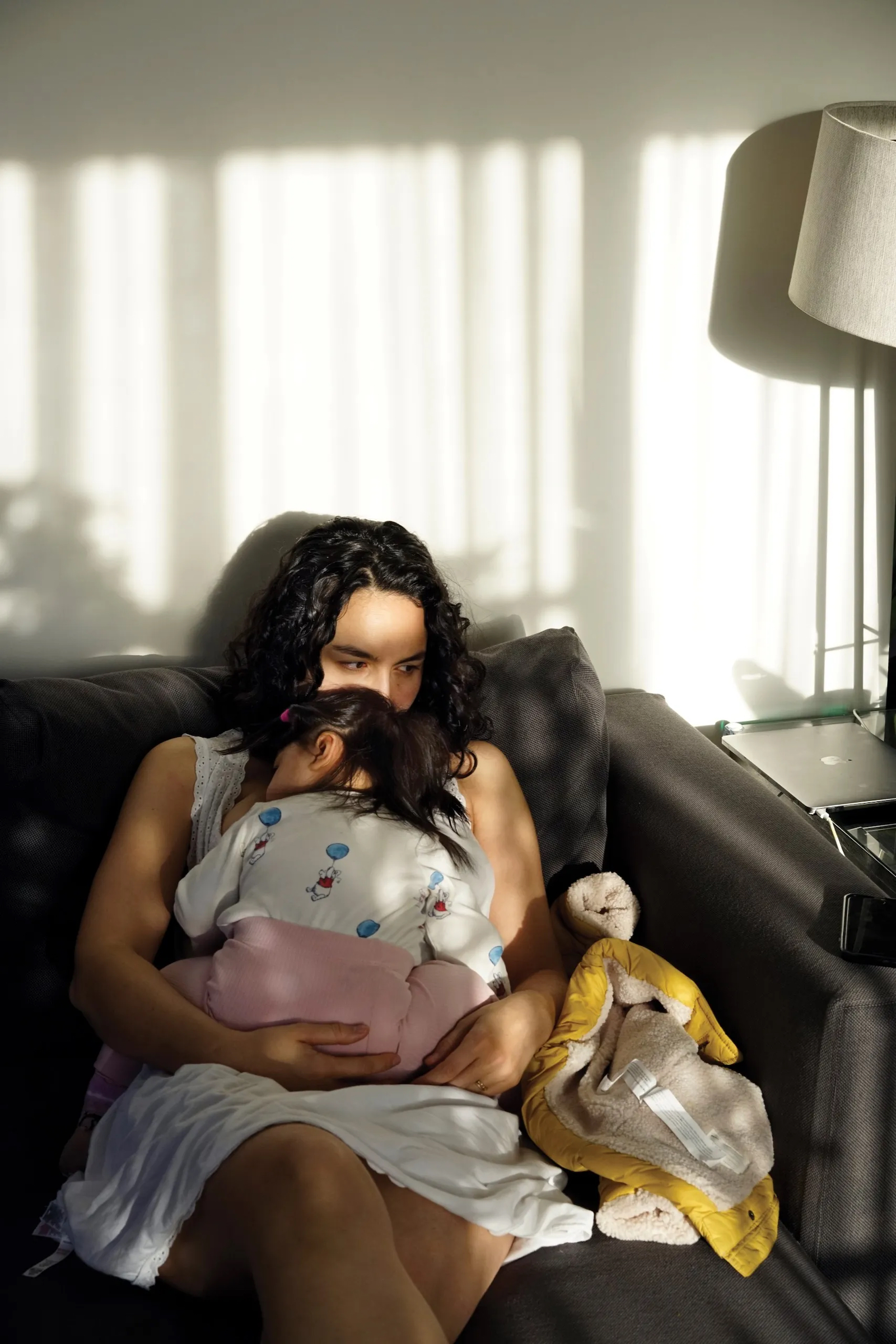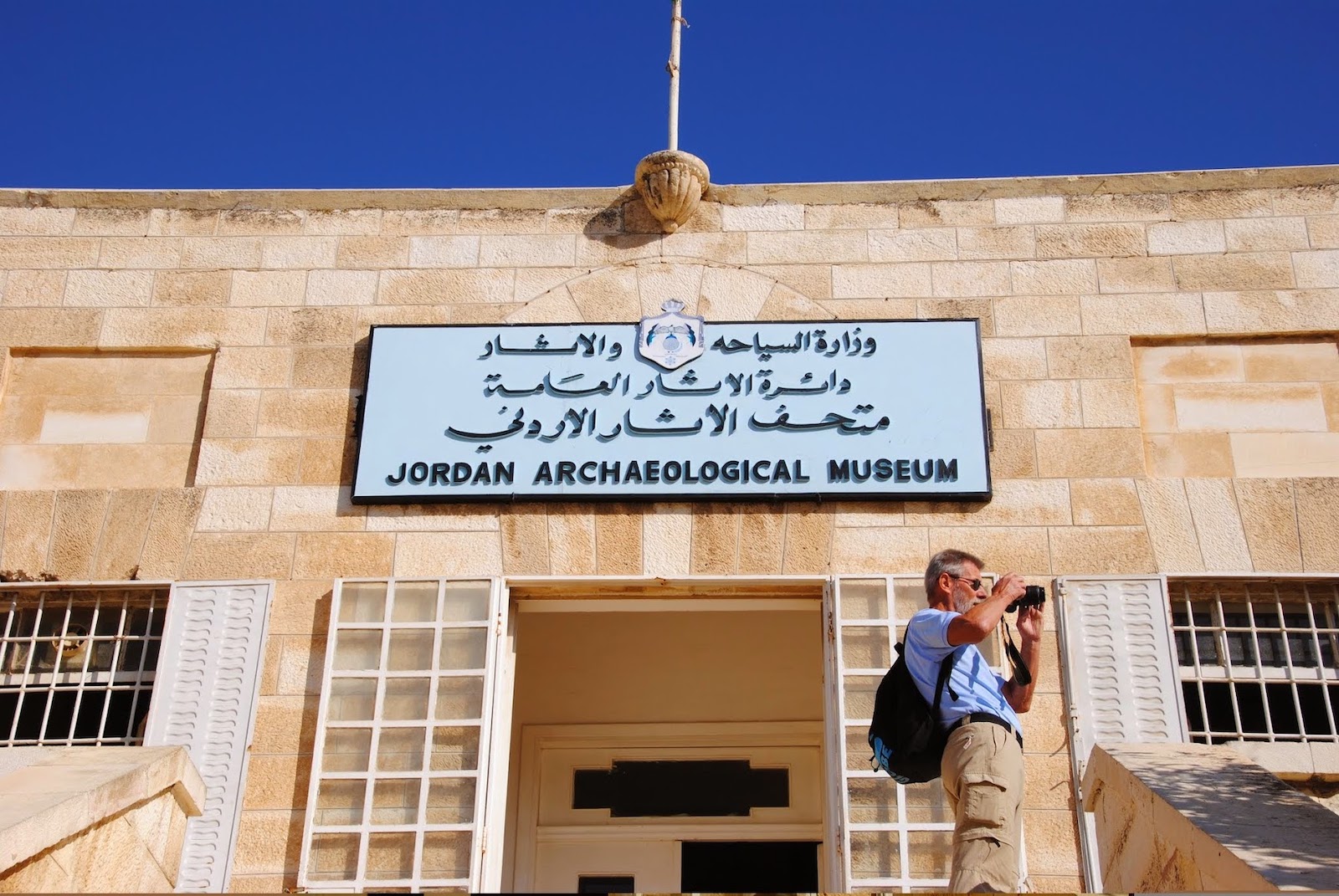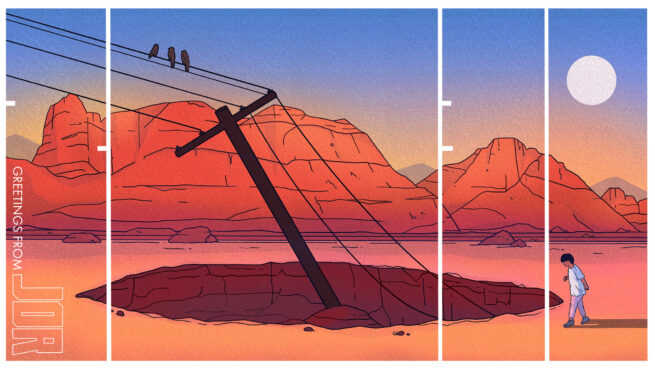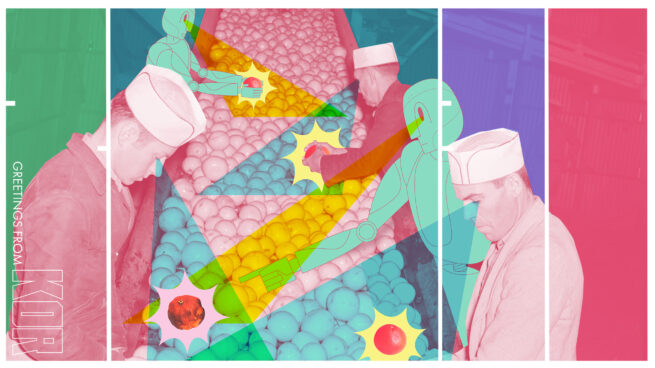A large number of Storythings projects are global. So when we commissioned these stories, we wanted voices from around the world. To write a response to Hisham Bustani’s story about future culture in the MENA region, we were lucky to be connected with Rana Sweis, who is not only a Jordanian journalist but runs her own media company. We asked Rana to give us a reading list that would give readers more insight into Jordan where ‘Three in One’ is set.
Similar to Rana’s list, we curate creative stories from around the world in our weekly newsletter; and in the past we published a lot of stories from the Global South in How We Get To Next, for the Gates Foundation. If you’d like to commission creative stories to better communicate an issue important to you, do reach out – we’ve recently worked with Experian, Nesta, Young Epilepsy, Turner Contemporary and Northern Stage to help them do just this.

